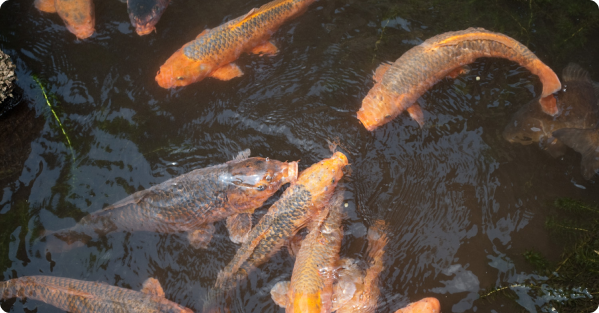REDUCE STRESS AND STRENGTHEN YOUR IMMUNE SYSTEM

About -
Japanese Meridian Therapy
The root of these treatments is in working to balance the five elements and their corresponding organ systems. By tonification of the main deficiencies and removing blockages in the flow of Ki within the body, the whole person is balanced and strengthened. The idea is that by first applying treatment to the entire person any symptom will be more likely to be alleviated and not return. When Ki flows freely through the meridians, the body is balanced and healthy, but when the energy becomes blocked, stagnated or weakened, it can result in pain and illness.
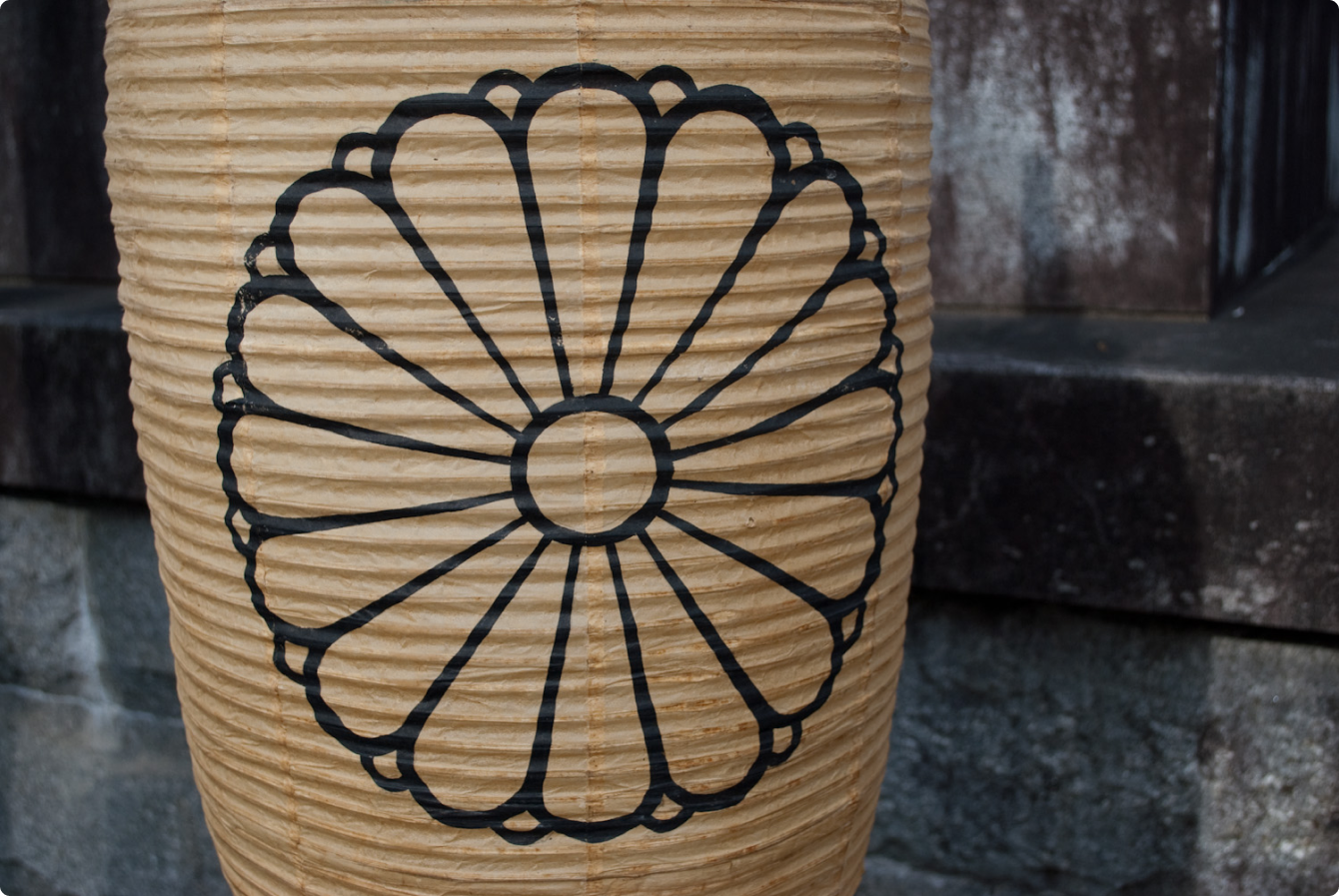
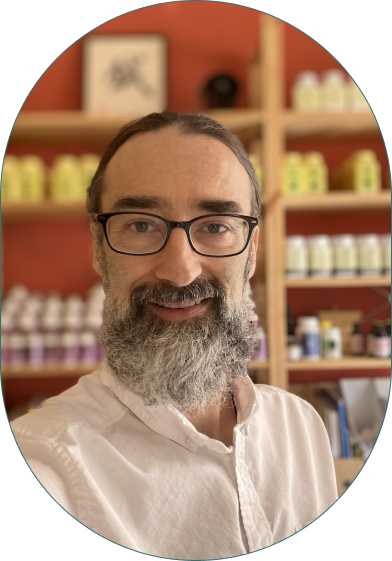
John Handwerk,
Doctor of Oriental Medicine
Bio - John Handwerk, Doctor of Oriental Medicine

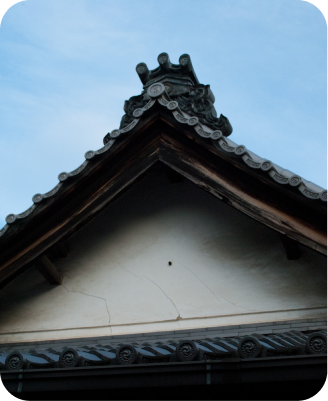
Traditional Japanese Acupuncture is particularly suited to those who are uncomfortable with strong needle stimulus.
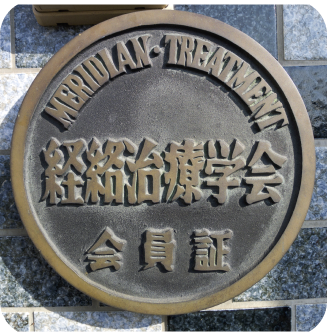
Services -
Effective treatments in a healing environment.
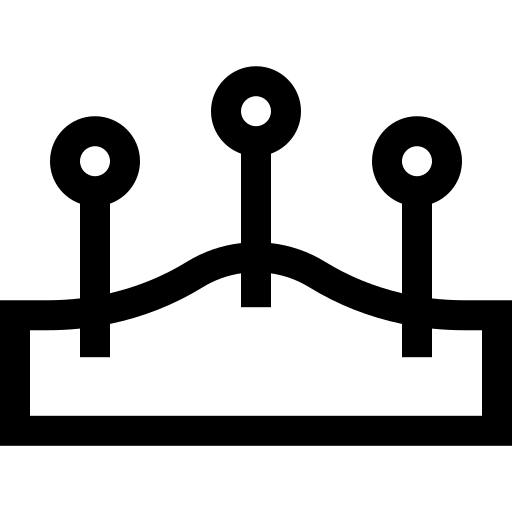
Japanese Acupuncture
Acupuncture emerged in Japan after the introduction of classical Chinese medical texts in the 5th century. Many unique theories and techniques emerged. Developments by blind acupuncturists in the 17th century led to a refinement of tools and techniques due to their greater sensitivity. Today in modern Japan there are groups like the Ki Shin Po, who’s continuous research of technique and theory have continued to improve the way acupuncture is practiced. Japanese acupuncture has taken on characteristics that make it different from the Chinese style including a strong emphasis on palpatory diagnosis, live-point location, focus on root treatment, contact needling, and direct moxabustion
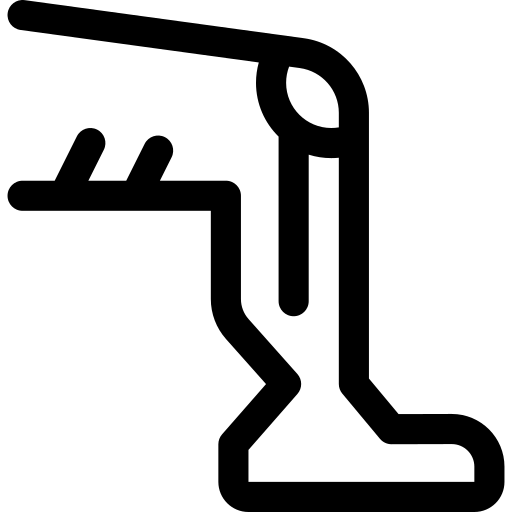
Shonishin Pediatrics
A specialized form of acupuncture for children that consists of stroking areas on the child’s trunk and limbs with special tools. These are mostly blunt, some look like little rakes, and are used to lightly scratch the surface of the skin without penetrating. On my visit to Masanori Tanioka’s office in Osaka Japan, I saw many families of children lining up, excited for treatment. Needles are typically only inserted on children 10 years and older.
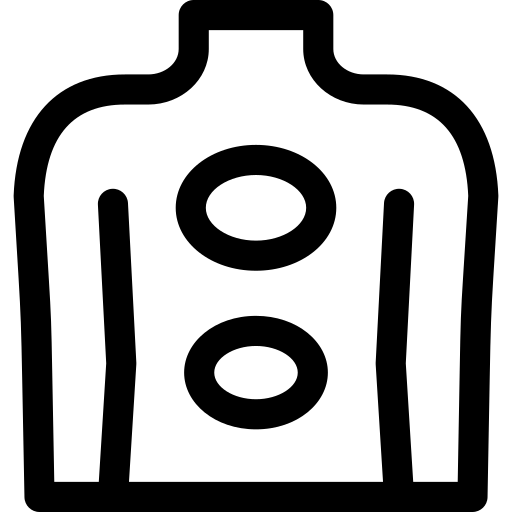
SourcePoint™ Therapy
The intention of SourcePoint™ Therapy is to re-connect the individual with the energetic blueprint of health, the matrix of healing energy containing the information of order, balance, harmony and flow that sustains all life. SourcePoint Therapy training gives practitioners a thorough grounding in the theoretical foundation of the approach, exploring the concept of the blueprint from the perspective of many healing, philosophical and spiritual traditions.

Root Treatment
Root treatment is first applied to balance and strengthen the whole person, followed by a branch treatment to address a specific complaint. The idea is that by always applying treatment to the entire person, any symptom will be more likely to be alleviated and not return. If the branch is treated but not the root, the symptom may be alleviated but a deeper more a fundamental type of healing will not be achieved.
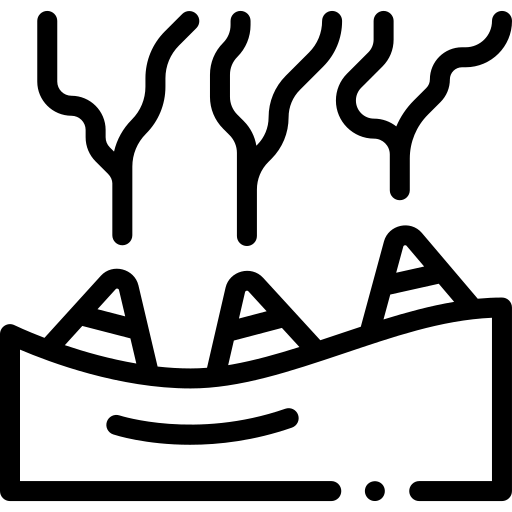
Direct Moxibustion
With this popular folk remedy a small amount of mugwort is burned directly on an acupuncture point. This herb is dried and ground up, then is rolled the size of a sesame seed and placed on the body with a small amount of ointment. A pad of ashes develops to protect the skin as a deep comfortable warmth begins to radiate from the point. The heat and far-infrared color temperature draw increased circulation to the area, releasing knots or trigger points in the fascia and muscles below. Studies have found moxabustion to raise red and white blood cell counts, as well as platelets. It has been traditionally used preventatively to boost resistance to disease and increased longevity.
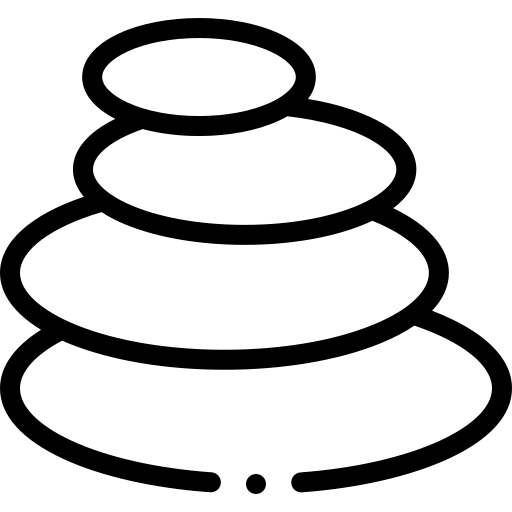
Sotai
Sotai works with the basic structure of the human body and its natural capacity to move and maintain balance. Sotai Therapy is a systematic method for introducing easeful movements from the extremities to the spine to facilitate a functional balance. A method of neuromuscular reeducation and unwinding muscular holding patterns, its central principle is backtracking movement or “reverse-motion” treatment. The idea is that structural distortions can be returned to a more normal condition by moving the body in the comfortable direction. Using the effects of an isometric contraction followed by a sudden relaxation (post-isometric relaxation) can normalize the strained condition. -Wikipedia
